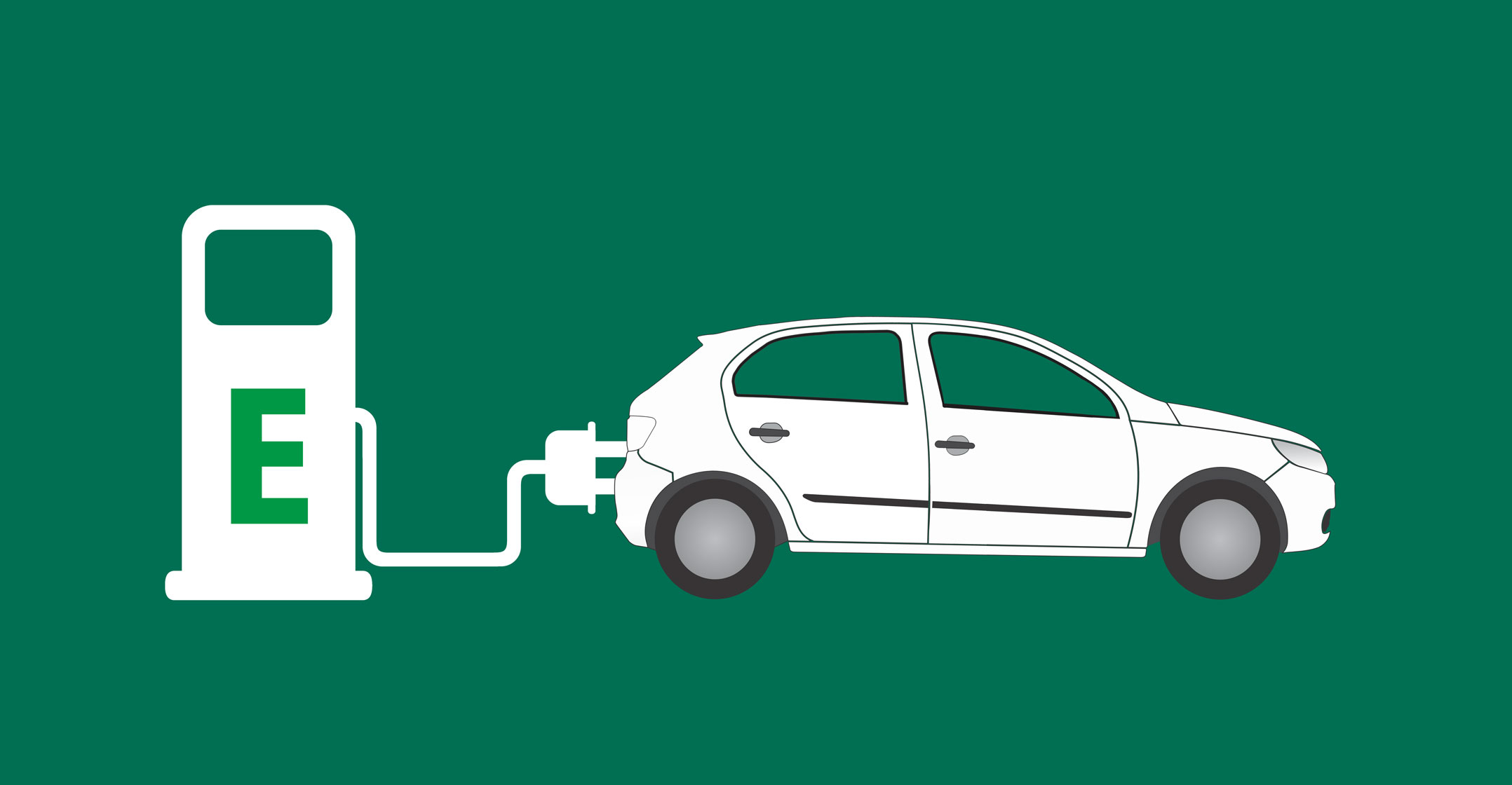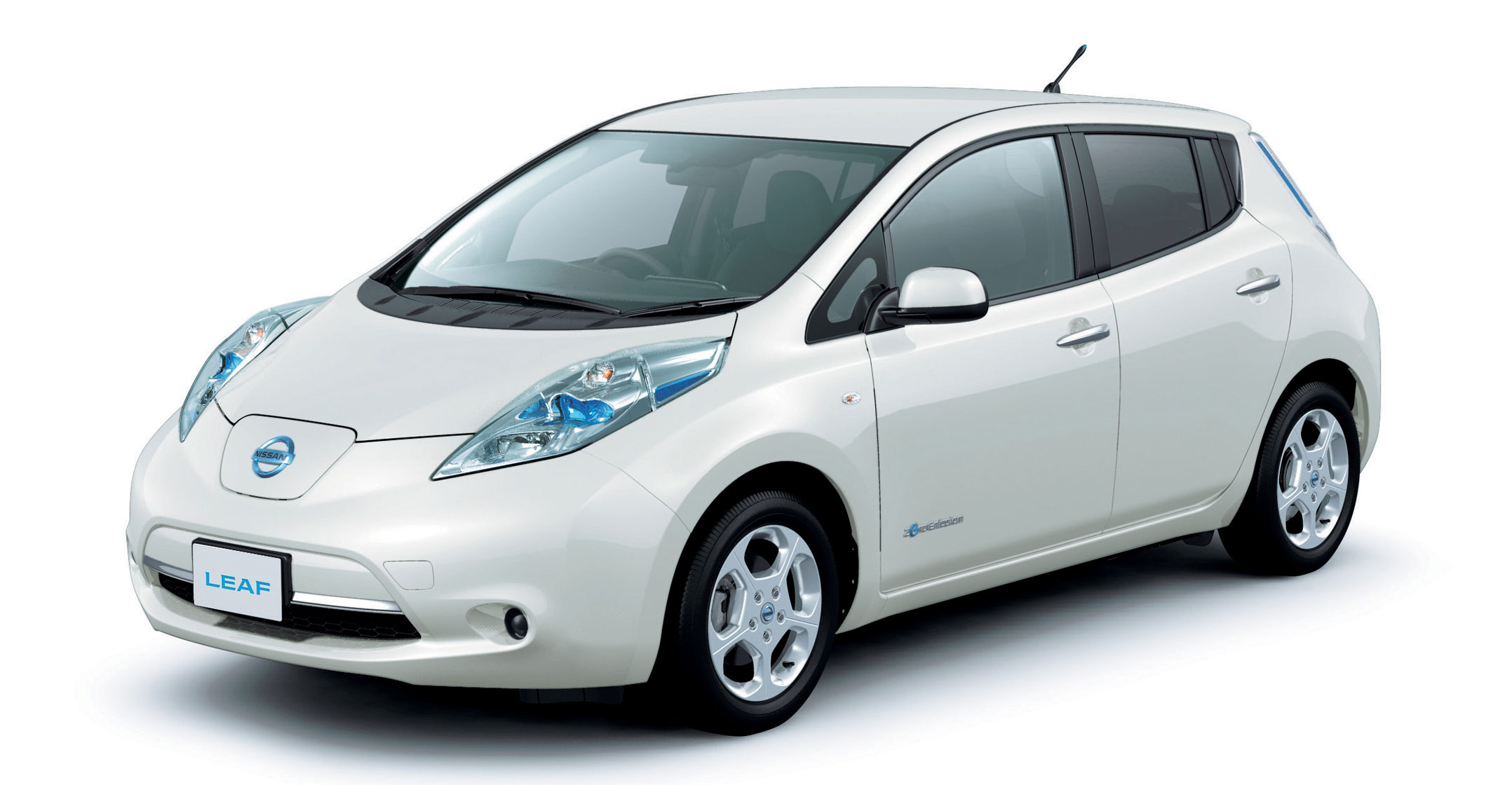 Wouldn’t it be great if we could all drive without dirtying the air we breathe? Alas, not everyone can afford an electric car.
Wouldn’t it be great if we could all drive without dirtying the air we breathe? Alas, not everyone can afford an electric car.
The good news is the death of the internal combustion engine is nearing and electric vehicle sales are on a tear. Countries that together account for more than 10% of global auto sales have detailed plans to phase out conventional petrol-powered cars. Include China, and that jumps to 40%.
These days, electric cars can drive further and be charged faster than previously. Car makers are beginning to churn out at least one electric variant, with more than 100 battery-powered models to be available by next year. Does that mean the affordable car of the future has arrived?
Sales numbers suggest it’s getting closer: consumers bought more than a million electric vehicles last year, an increase of almost 60% from 2016, even as global car demand turned lower. China, with an aggressive green vehicle policy, accounts for almost half of worldwide electric passenger-car sales. The average price of lithium-ion batteries, which account for almost half a car’s cost, has dropped from US$599/kWh to $208/kWh over the past five years. Drivers now have almost 600 000 charging outlets globally, of which more than half are in China.
The country is responsible for a big part of the shift in demand, through carrot-and-stick policies. That’s forced global automakers looking for a foothold in the world’s largest auto market to start producing electric cars.
In absolute numbers, conventional vehicles dwarf their green cousins. However, the decline of petrol-guzzling engines looks inexorable as stringent fuel-economy standards force manufacturers to rethink the future and look to China. Electric vehicle sales rose 55% in the country last month, even as overall passenger-car demand slumped.
China
Elon Musk’s Tesla has big plans for China, along with a host of homegrown electric car companies that have sprung up with backing from deep-pocketed investors.
China’s incentives, policies and industry rules essentially require a portion of all cars sold to be electric. With less than a third of the parts of regular cars, electric models are easier to manufacture. Surely, then, we’ll get there?
The trouble is, the sales numbers don’t say much about quality or technology. Earlier this year, analysts from UBS Group went to scope out electric-car batteries around Asia-Pacific. The reality on the ground wasn’t as good as the figures suggested. China’s domestic batteries performed poorly at low temperatures and companies had other manufacturing issues, the analysts noted after speaking to unidentified industry participants. Others said the sales numbers were mostly a marketing effort reflecting pressure from local governments eager to show they’re following Beijing’s policies.
 Meanwhile, in August, General Motors postponed the introduction of the Buick Velite 7, a local version of its Volt model, because of deficient batteries. The launch had been scheduled for September, with a pure-electric version planned for next year. The supplier is a Michigan-based, Chinese-owned company with a plant in Hangzhou.
Meanwhile, in August, General Motors postponed the introduction of the Buick Velite 7, a local version of its Volt model, because of deficient batteries. The launch had been scheduled for September, with a pure-electric version planned for next year. The supplier is a Michigan-based, Chinese-owned company with a plant in Hangzhou.
Either way, the problem of cost and, therefore, consumer take-up looms large. Households most likely to buy a battery-powered electric car have an income of $300 000/year or more, according to a UBS survey of around 10 000 people in the six largest car markets. Only 41% of households with income of $150 000 to around $200 000 plan to make such a vehicle their next purchase. The biggest barrier to buying cleaner cars is still the high price.
The cost of full adoption is astronomical. An estimated $6-trillion is theoretically needed to build the infrastructure that electric cars need such as charging stations and power networks, according to Goldman Sachs Group. That’s about 7.5-8% of the world’s GDP. Add to that the amount companies spend on making the cars and batteries, and the number could be even higher.
Studies have shown that the transition costs will have to be reduced through government subsidies and support. Withdrawing support too early — as the case of Tesla has shown in Denmark and Hong Kong — kills sales immediately.
For companies, finding the balance between affordability and profitability remains tough. Take China’s battery champion Contemporary Amperex Technology, which went public in Shenzhen about six months ago. It counts the likes of BMW among its customers and has almost 40% of the battery market in China. Margins fell five percentage points in the third quarter, though volumes and profit rose. A decline in average selling prices and higher raw materials costs were to blame.
Even as technology improves, costs remain the biggest barrier. Luxury car makers such as Jaguar Land Rover and Porsche Automobil will reap better margins from higher-priced electric SUVs. But for such models to become widely affordable, the cost of a battery would have to come down to $100/kWh.
The capital spending needed to make that happen won’t be easy. Expenses are the biggest issue for the auto industry, from tariffs and raw materials to labour and research and development. Cost of goods sold averages more than 80% of net sales at the world’s largest car companies.
The bottom line that is we’re at least five years away from bringing the price of a good electric car down to that of comparable conventional one, without factoring in tax credits and subsidies. Drivers will have to hold their breath for a while longer. — Reported by Anjani Trivedi, (c) 2018 Bloomberg LP

